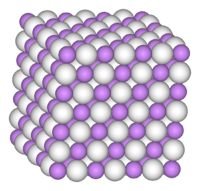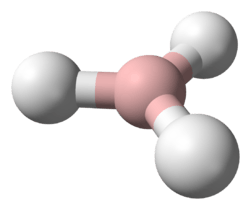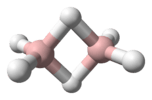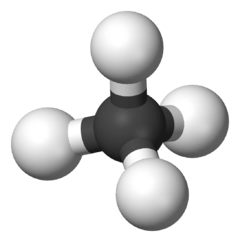1-Octene
| | |
 | |
| Names | |
|---|---|
| IUPAC name
Oct-1-ene | |
| Other names
Octene-1, octylene; 1-n-ctene; hexylethylene; oct-1-ene; octene | |
| Identifiers | |
| 111-66-0 | |
| 3D model (Jmol) | Interactive image |
| ChEBI | CHEBI:46708 |
| ChemSpider | 7833 |
| ECHA InfoCard | 100.003.540 |
| PubChem | 8125 |
| |
| |
| Properties | |
| C8H16 | |
| Molar mass | 112.24 g/mol |
| Density | 0.715 g/cm3 |
| Melting point | −101.7 °C (−151.1 °F; 171.5 K)[1] |
| Boiling point | 121 °C (250 °F; 394 K)[1] |
| Except where otherwise noted, data are given for materials in their standard state (at 25 °C [77 °F], 100 kPa). | |
| | |
| Infobox references | |
1-Octene is an organic compound with a formula CH2CHC6H13. The alkene is classified as a higher olefin and alpha-olefin, meaning that the double bond is located at the alpha (primary) position, endowing this compound with higher reactivity and thus useful chemical properties. 1-Octene is one of the important linear alpha olefins in industry. It is a colourless liquid.
Synthesis
In industry, 1-octene is commonly manufactured by two main routes: oligomerization of ethylene and by Fischer-Tropsch synthesis followed by purification. Another route to 1-octene that has been used commercially on a small scale is dehydration of alcohols. Prior to the 1970s, 1-octene was also manufactured by thermal cracking of waxes, whereas linear internal octenes were also manufactured by chlorination/dehydrochlorination of linear paraffins.
There are five commercial processes that oligomerize ethylene to 1-octene. Four of these processes produce 1-octene as a part of a wide distribution of alpha-olefins. In typical circumstances, 1-hexene content of the entire distribution of alpha-olefins ranges from about 25% of the distribution in the Ethyl (Innovene) process to about 8% of distribution in some modes of the Gulf (CP Chemicals) and Idemitsu processes.
The only commercial process to isolate 1-octene from a wide mixture of C8 hydrocarbons is practiced by Sasol, a South African oil and gas and petrochemical company. For commercial purposes, Sasol employs Fischer-Tropsch synthesis to make fuels from synthesis gas derived from coal and recovers 1-octene from these fuel streams, where the initial 1-octene concentration in a narrow distillation cut may be 60%, with the remainder being vinylidenes, linear and branched internal olefins, linear and branched paraffins, alcohols, aldehydes, carboxylic acids, and aromatic compounds.
In recent years, two on-purpose 1-octene technologies have been commercialised: a butadiene telomerisation plant (Dow, Tarragona), and a 1-heptene to 1-octene plant based on a Fischer-Tropsch-derived C7 olefin stream (Sasol, Secunda). Sasol is currently in the engineering phase of a new 1-octene technology based on selective tetramerisation of ethylene.[2]
Applications
The main use of 1-octene is as a comonomer in production of polyethylene. High-density polyethylene (HDPE) and linear low-density polyethylene (LLDPE) use approximately 2–4% and 8–10% of comonomers, respectively.
Another significant use of 1-octene is for production of linear aldehyde via the oxo synthesis (hydroformylation) to give the C9 aldehyde (nonanal). Oxidation of this aldehyde gives the short-chain fatty acid nonanoic acid. Hydrogenation of the same aldehyde gives the fatty alcohol 1-nonanol, which is used as a plasticizer.
References
- 1 2 http://webbook.nist.gov/cgi/cbook.cgi?ID=C111660&Units=SI&Mask=1EFF
- ↑ Bollmann, Annette; Blann, Kevin; Dixon, John T.; Hess, Fiona M.; Killian, Esna; Maumela, Hulisani; McGuinness, David S.; Morgan, David H.; Neveling, Arno; Otto, Stefanus; Overett, Matthew; Slawin, Alexandra M. Z.; Wasserscheid, Peter; Kuhlmann, Sven (2004). "Ethylene Tetramerization: A New Route to Produce 1-Octene in Exceptionally High Selectivities". J. Am. Chem. Soc. 126 (45): 14712–14713. doi:10.1021/ja045602n.






